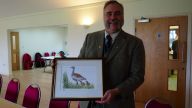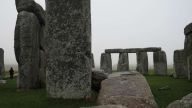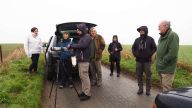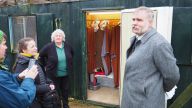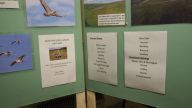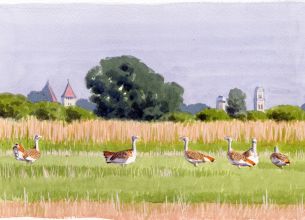The rehabilitation of the reed lake, a swamp that had become eutrophicated in the Culișer meadow, located in Salonta, Bihor county, has been carried out in the past 3 years within our project based on cross-border public-private partnership.
The Great Bustard is Dead, Long Live the Great Bustard!

11 February 2019
What would it be like to hear a story that connects the Great Bustard with Stonehenge, Sting, the High Sheriff of Wiltshire, David Attenborough, Prince Charles and a group of volunteers?
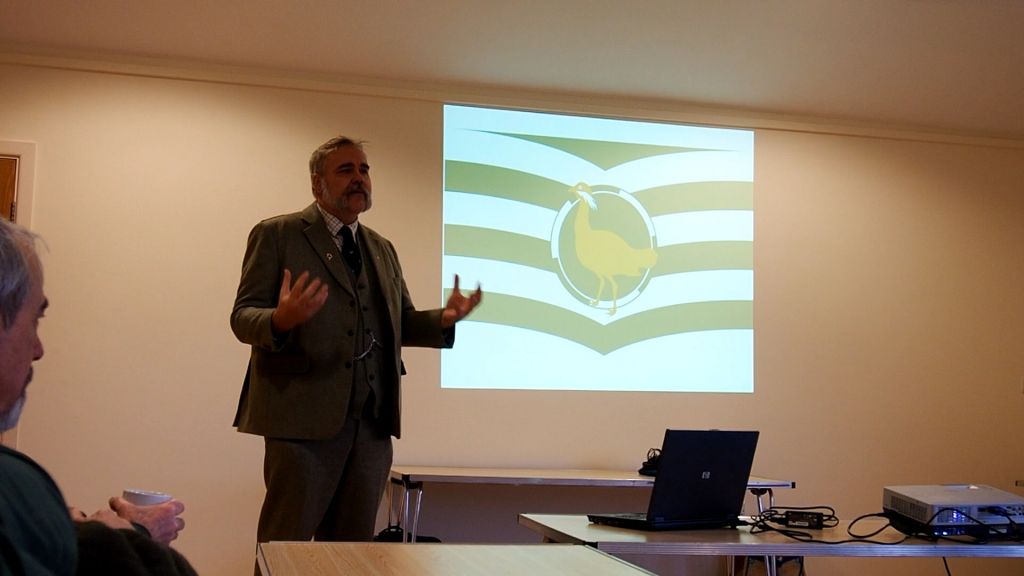
Yes, we are on British ground, on Salisbury Plain, in the county of Wiltshire, near Stonehenge. After almost 200 years since the last bustard was killed and the species became extinct in the UK, The Great Bustard Group’s project to reintroduce the species into the country, is starting to pay off. The population comprising around 70 birds – 35 males and 35 females, out of which 23 aged 2+ years, therefore sexually mature – is considered to be self-sustaining.
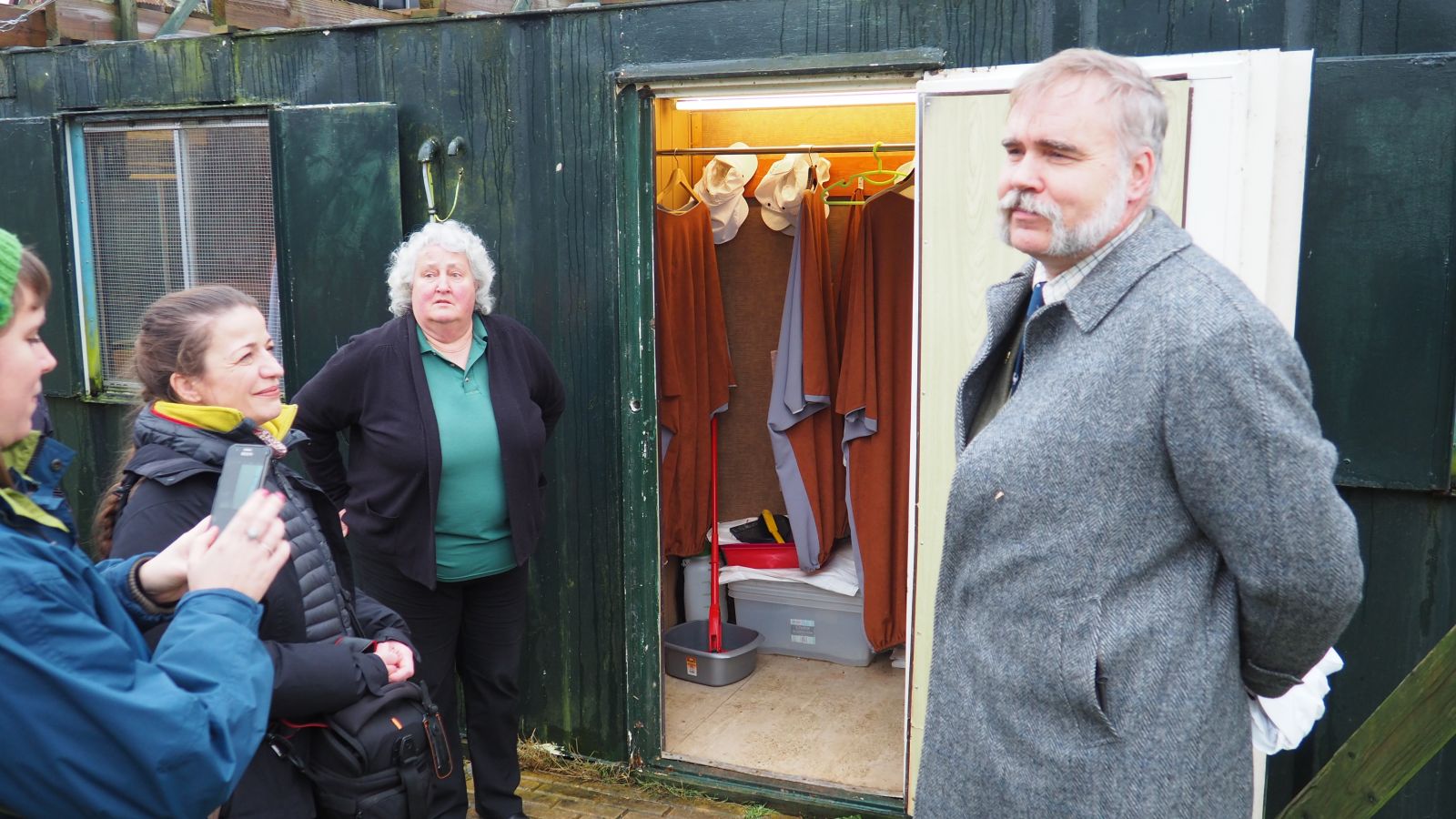
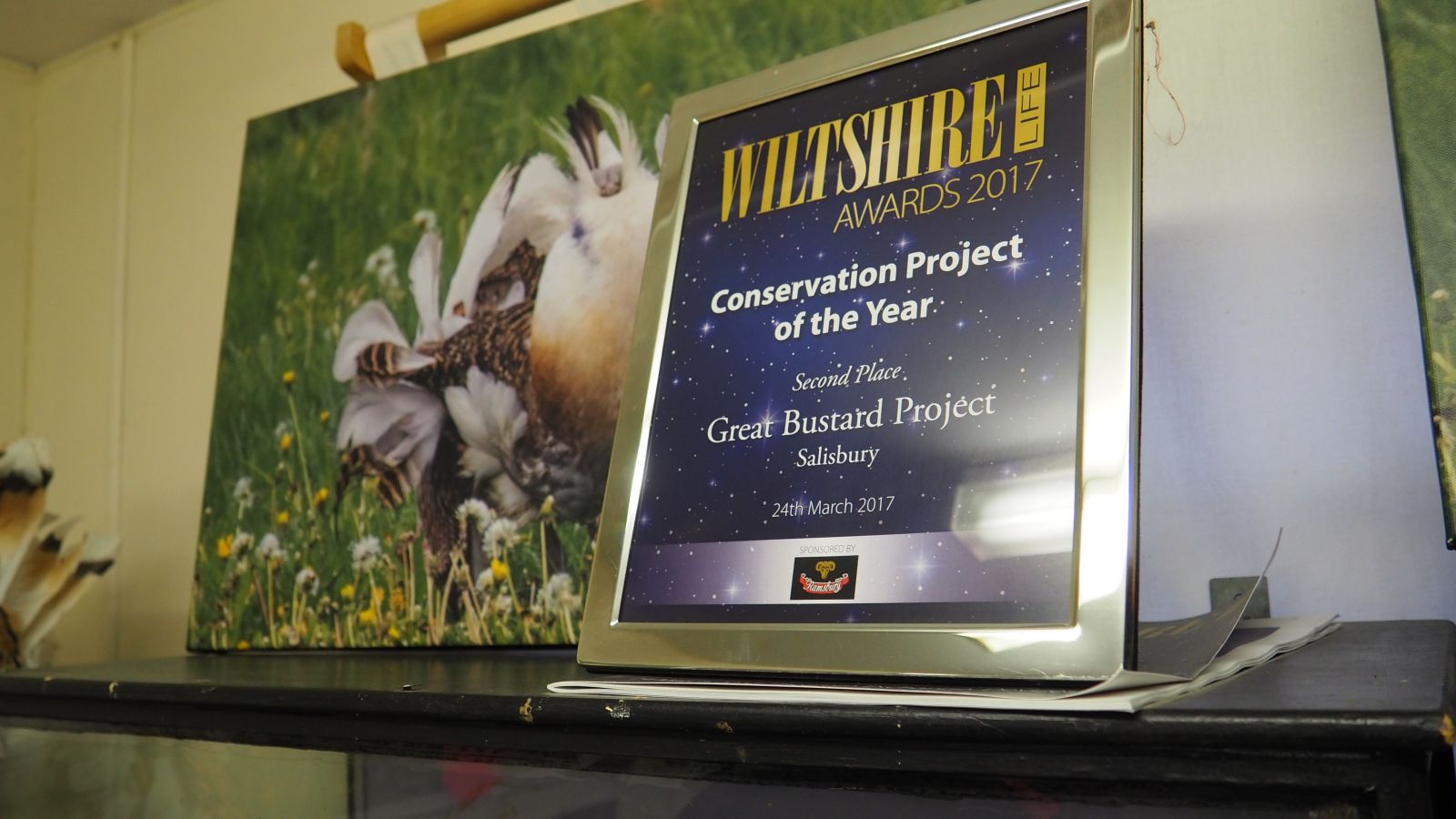
Since 2004, the group has brought in hundreds of chicks and eggs from Russia and Spain, that were raised under strict rules to avoid imprinting (the attachment of the chicks to the person who feeds and tends to them), and which later were released into the wild. On Salisbury Plain, the bustards have plenty of space on the biggest military training area in Britain, owned by the Ministry of Defence. There are no power lines that could represent either a barrier or a threat to their lives. Their habitat includes grasslands and agricultural areas. Sting and his wife live nearby, and the bustards often visit their lands.
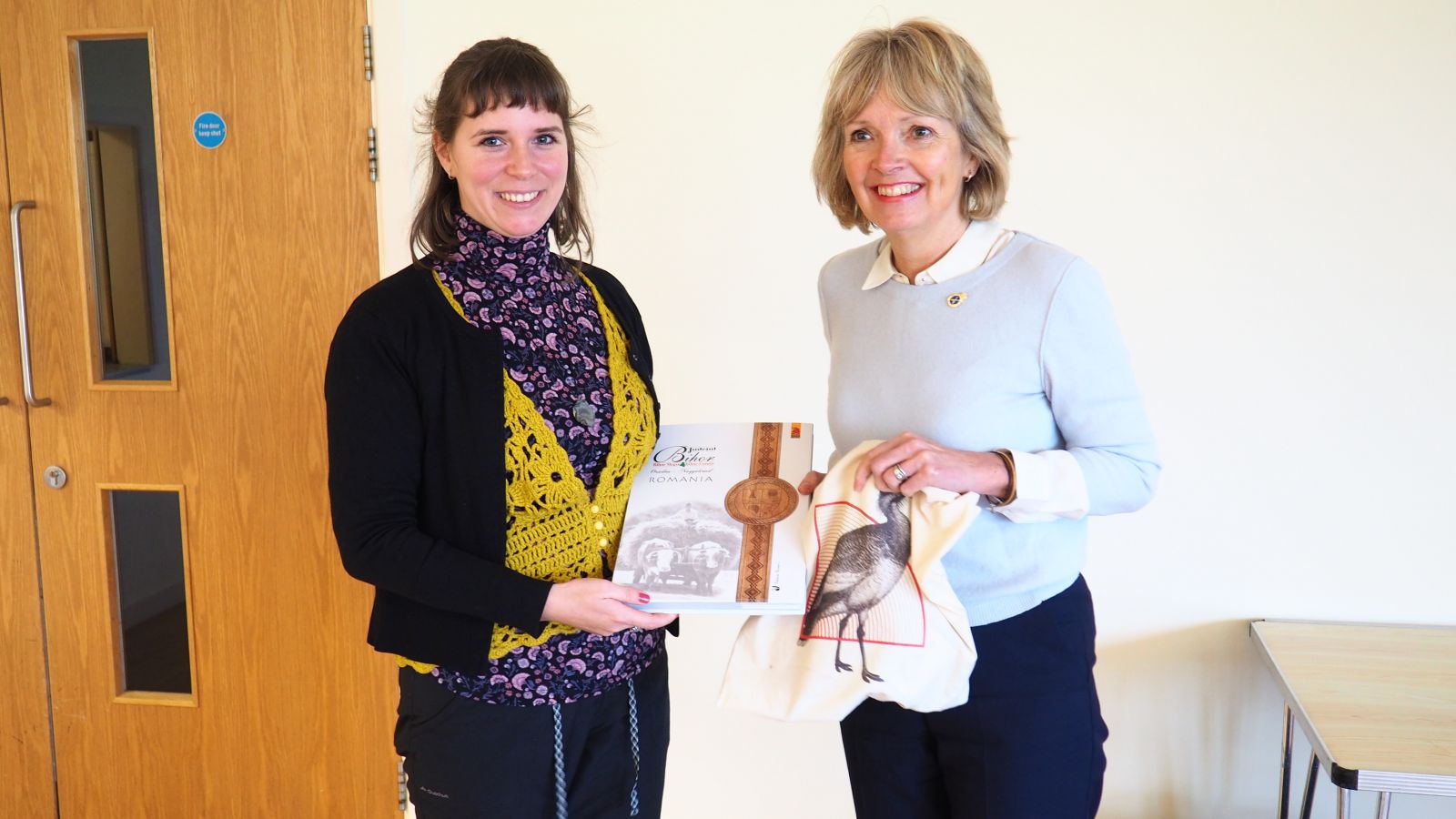
the High Sheriff of Wiltshire (left to right)
Nicky Alberry, the High Sheriff of Wiltshire (an office established in 1066) and one of the few women who held this position throughout history, told us that she wears bustard feathers on the ceremonial hat. This is not a coincidental association as the Great Bustard is the central figure of the county flag. The High Sheriff came to meet our delegacy and enjoys helping the group by raising awareness and promoting the project at various public and fundraising events.
The volunteers made a short film about the project and asked David Attenborough to narrate it, who agreed to take on this role. Prince Charles, who was aware of the project since its beginnings, visited the project site in 2017. In the same year, a very unusual bustard became a local celebrity - Gertrude, the female that used to pose gracefully next to Stonehenge and tourists, too.

(Photo: The Great Bustard Group)
It’s sheer joy and a great privilege be around this group of volunteers. Some of them are farmers, retired policemen and veterinarians, or people who used to work on various conservation projects in England or overseas. Most of them are aged between 57 and 70+, many are retired, and they seem incredibly happy to lead an active life and to dedicate themselves to a mission. The life experience drives them to leave something valuable to the younger generations, which makes us wonder who could ever argue with that?
On the 5 February 2019, the Nature Corner project team arrived in Great Britain. The purpose of the visit was to find out more about the Great Bustard reintroduction project, but also to meet The Great Bustard Group, that has been active for more than 21 years. We’ve been impressed by their relentless enthusiasm, and we are thankful for the warm welcome and the experience they shared with us.
Text by Laura Turdean, Photos: Milvus Group





